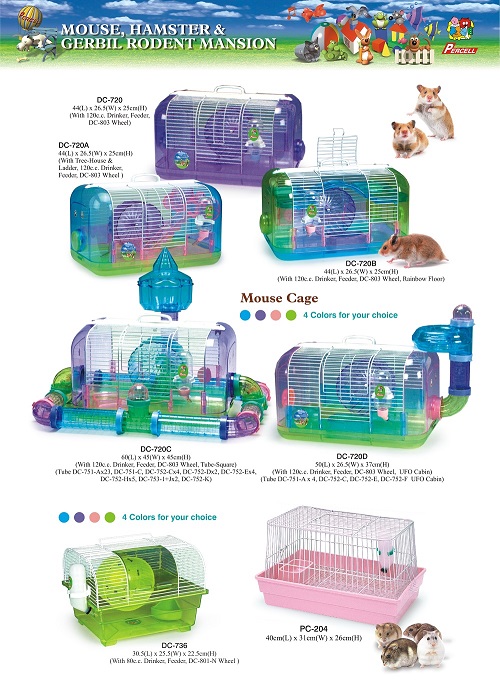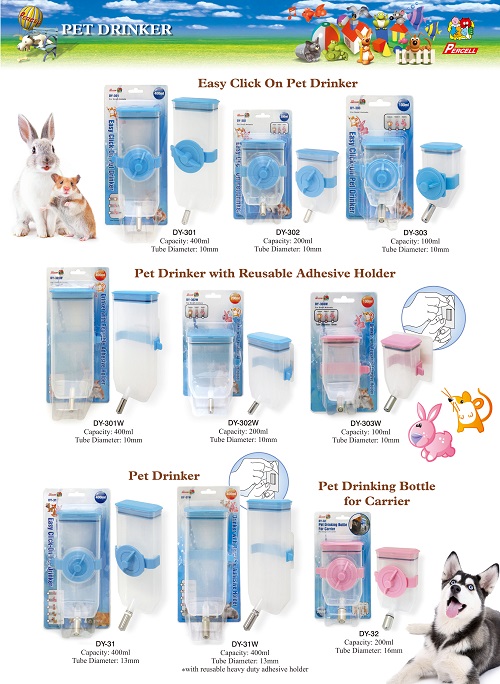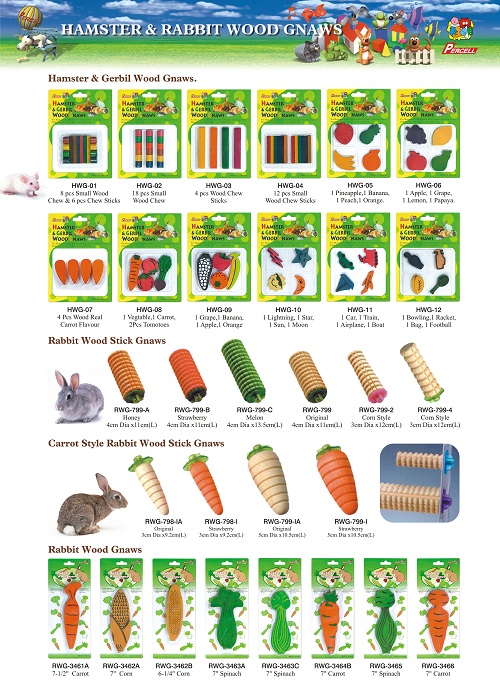ELISA Kit Instructions for Advanced Rat Glycosylation End Products (AGEs)
This kit is for in vitro research use only, not for clinical diagnosis!
Intended application
Quantitative determination of AGEs in rat serum, plasma or other related biological fluids by ELISA.
Experimental principle
The microplate was coated with purified AGEs antibody to make a solid-phase carrier. Samples or standards, biotinylated AGEs antibody, and HRP-labeled avidin were added to the microwells in turn. After thorough washing, the substrate ( TMB) color development. TMB is converted into blue under the catalysis of peroxidase, and into the final yellow under the action of acid. The color depth is positively correlated with AGEs in the sample. Measure the absorbance (value) at 450nm with a microplate reader to calculate the sample concentration.
Kit composition and reagent preparation
1. Microplate: one piece (96 wells)
2. Standard product (lyophilized product): 2 bottles, please prepare within 15 minutes before use. Each bottle is diluted to 1ml with the sample diluent. After capping, it is allowed to stand at room temperature for about 10 minutes. At the same time, it is inverted / rubbed repeatedly to help dissolve. Its concentration is 500 ng / ml, and then do serial dilutions (Note: Do not directly Do multiple dilutions in the plate), and prepare 500 ng / ml, 250 ng / ml, 125 ng / ml, 62.5 ng / ml, 31.2 ng / ml, 15.6 ng / ml, 7.8 ng / ml, and the sample diluent directly 0 ng / ml as a blank well. For example, to prepare a 250 ng / ml standard: Take 0.5ml (not less than 0.5ml) of 500 ng / ml of the above standard and add it to an Eppendorf tube containing 0.5ml of sample diluent, mix well. The rest of the concentration can be deduced by analogy.
3. Sample diluent: 1 × 20ml.
4. Test dilution A: 1 × 10ml.
5. Test diluent B: 1 × 10ml.
6. Detection solution A: 1 × 120 per bottle (1: 100). Before use, dilute with Test Diluent A 1: 100 (eg: 10 Test Solution A / 990 Test Diluent A), mix well, and prepare according to the pre-calculated total amount required for each experiment (100 / Hole), more 0.1-0.2ml should be prepared during actual preparation.
7. Detection solution B: 1 × 120 per bottle (1: 100). Dilute 1: 100 with test dilution B immediately before use. The dilution method is the same as that of Test Solution A.
8. Substrate solution: 1 × 10ml / bottle.
9. Concentrated washing liquid: 1 × 30ml / bottle, each bottle is diluted 25 times with distilled water.
10. Stop solution: 1 × 10ml / bottle (2 mol / L H2SO4).
11. Lamination: 5 sheets
12. Instruction manual: 1 copy
Bring your own items
1. Microplate reader (It is recommended to preheat the instrument before use)
2. Micro dosing device and pipette tip, EP tube
3. Distilled or deionized water, filter paper
Collection and preservation of specimens
1. Serum: Whole blood samples should be left at room temperature for 2 hours or 4 overnight. After centrifugation at 1000 g for 20 minutes, take the supernatant for detection, or store the supernatant at -20 or -80, but avoid repeated freezing and thawing. .
2. Plasma: EDTA or heparin can be used as an anticoagulant. Centrifuge the sample at 1000 g for 15 minutes within 30 minutes after collection. The supernatant can be taken for detection, or the supernatant should be stored at -20 or -80, but repeated Freeze and thaw.
3. Other biological specimens: centrifuge at 1000 g for 20 minutes, take the supernatant for testing, or store the supernatant at -20 or -80, but avoid repeated freezing and thawing.
Note: The above specimens should be sealed and stored, 4 should be stored for less than 1 week, -20 should not exceed 1 month, -80 should not exceed 2 months; specimen hemolysis will affect the final test results, so hemolysis specimens should not be tested .
Steps
Before starting the experiment, all reagents should be equilibrated to room temperature, and the reagents should not be dissolved directly at 37; when preparing reagents or samples, they must be thoroughly mixed, and try to avoid foaming when mixing. The sample content should be predicted before the experiment. If the sample concentration is too high, the sample should be diluted to make the diluted sample meet the detection range of the kit, and then multiplied by the corresponding dilution factor when calculating.
1. Add sample: set blank hole, standard hole and sample hole to be tested respectively. Add 100% of the sample diluent to the blank well, and 100% of the standard or the sample to be tested in the remaining well. Be careful not to have air bubbles. Add the sample to the bottom of the enzyme plate when adding the sample. Try not to touch the wall of the well. Cover or cover the target plate and incubate at 37 for 2 hours. To ensure that the experimental results are valid
For each experiment, please use a new standard solution.
2. Discard the liquid and dry it without washing. Add 100 working solution of detection solution A (prepared before use) to each well, add the microplate to the membrane, and incubate at 37 for 1 hour.
3. Discard the liquid in the hole, spin dry, wash the plate 3 times, soak for 1-2 minutes each time, about 400 per hole, spin dry (you can also pat the liquid in the hole dry).
4. Add 100% of the working solution of the test solution B (prepared before use) to each well, add a coating, and incubate at 37 for 1 hour.
5. Discard the liquid in the hole, spin dry, wash the plate 5 times, the method is the same as step 3.
6. Add substrate solution 90 per well, enzyme label plate and film 37 to avoid color development (reaction time is controlled at 15-30 minutes, when the first 3-4 wells of the standard wells have obvious blue gradient, the last 3 -When the gradient of 4 wells is not obvious, it can be terminated).
7. Add 50% stop solution to each well to stop the reaction. At this time, the blue color turns to yellow. The order of adding the stop solution should be the same as that of the substrate solution.
8. Immediately measure the optical density (value) of each well with a microplate reader at 450nm wavelength.
Note:
1. Preparation of reagents: All reagents should be equilibrated to room temperature before use. Please save the reagents according to the instructions immediately after use. Please use disposable tips during the experiment to avoid cross contamination.
2. Sample addition: when adding samples or adding reagents, if the time interval between the first well and the last well is too large, it will result in different "pre-incubation" time, which will obviously affect the measured value Accuracy and repeatability. The time of one sample addition (including standard and all samples) is best controlled within 10 minutes. It is recommended to set up multiple holes for experiments.
3. Incubation: In order to prevent the sample from evaporating, place the enzyme-labeled plate with a cover or membrane in the wet box during the experiment to avoid liquid evaporation; the next step should be performed as soon as possible after washing the plate, and should be avoided at any time The microplate is in a dry state; at the same time, the given incubation time and temperature should be strictly observed.
4. Washing: The washing liquid remaining in the reaction well during the washing process should be patted dry on the filter paper. Do not put the filter paper directly into the reaction well to absorb water. At the same time, the remaining liquid and fingerprints on the bottom of the plate should be eliminated to avoid affecting the final enzyme label Instrument reading.
5. Preparation of reagents: before using, please shake the hands a few times or centrifuge for a while to prevent the liquid on the tube wall or bottle cap from depositing to the bottom of the tube. Standard products, working solution A, and working solution B should be prepared according to the required amount, and prepared with the corresponding diluent, not to be confused. Please accurately prepare the standard and working solution, and try not to prepare in small amounts (such as when drawing the test solution A, it should not be less than 10 at a time) to avoid concentration error due to inaccurate dilution; do not reuse the diluted standard and test Solution A working fluid, detection solution B working fluid.
6. Control of reaction time: Please observe the color change of the reaction well regularly after adding the substrate (for example, every 10 minutes). If the color is dark, please add the stop solution in advance to stop the reaction to avoid the reaction being too strong and affecting the microplate reader. Optical density reading.
7. Substrate: Please keep the substrate away from light, and avoid direct exposure to strong light during storage and incubation.
Washing method
1. Manual plate washing method: Inject at least 0.4ml of the recommended washing buffer into the well, soak for 1-2 minutes, aspirate (do not touch the plate wall) or shake off the liquid in the enzyme plate, and put a few layers on the experimental table Absorbent paper, with the microtiter plate down and vigorously pat several times; repeat this process several times as needed.
2. Automatic plate washing: If there is an automatic plate washing machine, it should be used in the formal experiment process after being used proficiently.
Specificity
The kit can simultaneously detect recombinant or natural rat AGEs and has no cross-reactivity with other related proteins.
Calculation
Each standard and sample value is deducted from the blank hole value (7-point diagram). If multiple holes are set, the average value should be used for calculation. Taking the concentration of the standard product as the ordinate (logarithmic coordinate) and the value as the abscissa (logarithmic coordinate), draw a standard curve on the logarithmic coordinate paper. It is recommended to use professional curve making software for analysis, such as curve expert 1.3, according to the sample value, find the corresponding concentration from the standard curve, and multiply it by the dilution factor; or use the concentration and value of the standard to calculate the regression equation of the standard curve, and then the sample The value of is substituted into the equation, the sample concentration is calculated, and then multiplied by the dilution factor, which is the actual concentration of the sample.
Detection range: 7.8 ng / ml-500 ng / ml, please draw the following concentration values ​​for drawing standard curve: 500 ng / ml, 250 ng / ml, 125 ng / ml, 62.5 ng / ml, 31.2 ng / ml, 15.6 ng / ml, 7.8 ng / ml
Minimum detection limit: 1.95 ng / ml
Explanation
1. Due to the existing conditions and the level of science and technology, it is not possible to conduct a comprehensive identification and analysis of all raw materials provided by all suppliers,
This product may have certain quality and technical risks.
2. The final experimental results are closely related to the effectiveness of the reagents, the relevant operations of the experimenter and the experimental environment at that time, please be sure
Prepare sufficient specimens for backup.
3. Avoid exposing the reagent to strong light during storage and incubation. All reagent bottle caps must be tightly closed to prevent evaporation and microbial contamination, because the interference of proteolytic enzymes will lead to erroneous results.
4. Storage of the kit: Please store the standard, detection solution A and detection solution B at -20 as soon as possible after receiving the kit, and store the remaining reagents at 4 for short-term storage and -20 for long-term storage. After opening, the microplate should be sealed with desiccant and stored at -20 to avoid moisture.
5. Salt will be precipitated from the concentrated washing liquid, which can be heated and dissolved in the water bath when diluted.
6. There may be a little water-like substance in the well of the enzyme-linked plate just opened. This is a normal phenomenon and will not have any impact on the experimental results.
7. Validity: 6 months.
8. These operating instructions apply to the 48T kit, but all reagents in the 48T kit are halved.
Xiamen Huijia Biotechnology Co., Ltd. is a professional agent for many well-known brands in the international life science field. Committed to the sales and promotion of various ELISA kits, immunohistochemical kits, primary and secondary antibodies, cytokines, biological reagents, pipettes, and consumables.
Keeping small animals in the house as pets have been
growing for the past decade, with smaller space for people to live in, one
would choose over a smaller size animal to care for. Having a little pet friend
is always good for the kids to grow up with, giving them a chance to love their
pets, be responsible for them and learn how to focus on something that is
important in life.
As a Small Animal Accessories provider, we have many
products such as small animal cages, Small Animal Water Bottles, small animal grooming products, brush, comb, small animal toys, etc.

To offer the small animals a comfortable place to live
in, the most important product will be either be a wired cage or transparent
plastic cage that you can keep them away from dangerous pests or bigger size
pets at home.
Making sure these small animals have their daily food and
water supply, we have provided many different designs and sizes of small animal
water bottles and bowls, so they can enjoy their food and water all day long.

Liked every other pets, we have designed grooming
products especially for the small animals, such as brush and combs to suit
their small size. So small animal pet lovers can keep their pets tidy and
pretty all the time.
Lastly, small animals will need their toys to keep them
companied and occupied. We have products such as running wheels and balls and
their favorite chewing toys.

Order Quantity:
One of our advantages in
supplying you our Small Animal Accessories is that we have been in the business
for almost four decades. We have a massive range of quality products. Our
advantage is that we can supply a very large variety of products to you in
smaller volumes than you may be required to purchase elsewhere.
We are flexible in order volume - orders can be supplied
LCL or full containers. MOQ can be discussed accordingly.
OEM Service:
Many of our customers have
great ideas for Small Animal Accessories. If you have an idea, we are happy to
discuss details with you, including volumes, costs and OEM etc. We can also
help with developing products.
Small Animal Accessories
Small Animal Accessories,Cute Small Animal Accessories
PERCELL PET SYSTEM CO., LTD , https://www.percell-pet.com


